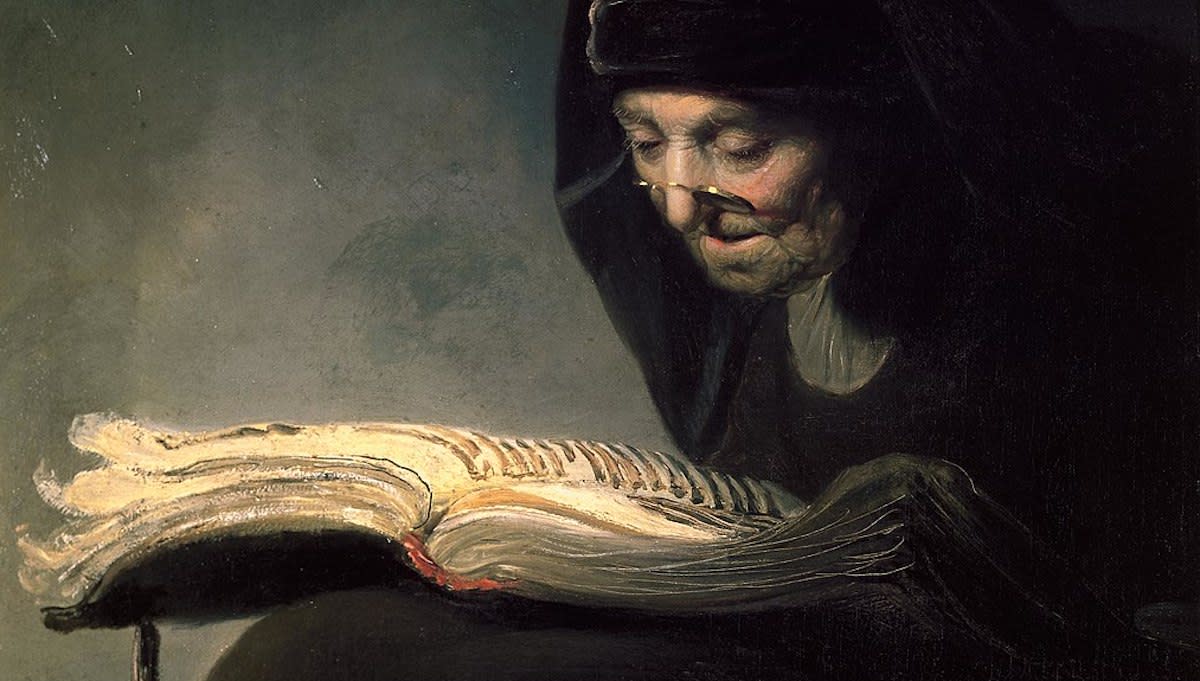Chiaroscuro in Art: What Is the Chiaroscuro Technique?
Written by MasterClass
Last updated: Jun 7, 2021 • 3 min read
For centuries, painters have used chiaroscuro—a technique that shows high contrast between light and dark—to provide dramatic effects in visual art.
Learn From the Best
What Is Chiaroscuro?
Chiaroscuro is an artistic technique that creates pronounced contrast between areas of light and dark within a composition. Often associated with the still-life artworks of Dutch master Rembrandt van Rijn and Italian Baroque pioneer Caravaggio, the chiaroscuro painting technique has evolved beyond paintings to gain popularity with artists across many disciplines.
The term chiaroscuro comes from the Italian words chiaro, meaning "clear" or "light,” and scuro, meaning "dark.” The definition of chiaroscuro as it relates to painting has varied over time, but it almost always corresponds with high-contrast sections of light and dark within a single canvas.
A Brief History of Chiaroscuro
The use of chiaroscuro predates the existence of the Italian term, as high-contrast paintings have existed over many centuries of visual art. As a formal concept, chiaroscuro traces its roots to the Italian Renaissance.
- Renaissance origins: The formal concept of chiaroscuro emerged during the fifteenth- and sixteenth-century Italian Renaissance. In that era, artists used chiaroscuro effects in monochrome ink drawings, in two-color (grisaille) drawings, and in watercolor paintings. Chiaroscuro woodcuts also enjoyed popularity. Prominent chiaroscuro woodcut artists included Ugo da Carpi from Italy and Lucas Cranach the Elder from Germany.
- Expansion in the Baroque era: While formal chiaroscuro began during the Renaissance, its use dramatically expanded during the Baroque period of European art. The Italian Baroque master Caravaggio developed a dramatic chiaroscuro technique known as tenebrism, where subjects appear bathed in a spotlight due to intense chiaroscuro lighting and inky black backdrops.
- Spain, Holland, and Flanders: Caravaggio worked out of Rome, but tenebrism found its way to Naples, which was under the control of the Spanish monarchy. From there, the technique reached Spanish artists such as José de Ribera and Francisco Goya. Flemish Baroque painters like Peter Paul Rubens and Jacob Jordaens also used tenebrism and dramatic chiaroscuro on massive canvases filled with narrative action. The seventeenth-century Dutch master Rembrandt van Rijn created chiaroscuro paintings lit by a single candle or another single light source, which became the defining trait of his early work.
- Full European embrace: By the height of the Baroque era, chiaroscuro painting and tenebrism caught hold throughout Europe. The English artist Joseph Wright of Derby and French artists Antoine Watteau, Georges de La Tour, Jean-Honoré Fragonard, and Trophime Bigot all made chiaroscuro part of their signature style.
- Chiaroscuro in film: Filmed media also embraces the use of light and dark as a source of drama and storytelling. Some studio photographers use a "Rembrandt lighting" palette to bathe their subjects in light while surrounding them with shadows. In cinema, the film noir in particular used high-contrast light gradations to create mystery and unease. Chiaroscuro in cinematography has transformed ordinary streetscapes in New York, San Francisco, and Los Angeles into uneasy worlds of shadow and peril.
3 Famous Works That Use the Chiaroscuro Technique
The chiaroscuro technique has elevated many prominent works of art.
- 1. Judith Beheading Holofernes by Caravaggio (c. 1599): The shock and drama of this scene from the deuterocanonical book of Judith becomes all the more intense due to Caravaggio's tenebrism, which draws full focus to the gruesome beheading.
- 2. Samson and Delilah by Peter Paul Rubens (1610): In this large-scale work based on the famous Bible story of Samson and Delilah, Rubens uses chiaroscuro to accent the bodily perfection of his subjects.
- 3. Self-Portrait with Beret and Turned-Up Collar by Rembrandt (1659): Rembrandt's masterful use of chiaroscuro extends to both the subject (his own body) and the background of this oil painting. It is one of many self-portraits that Rembrandt painted over his career, but the dramatic lighting is particularly pronounced in this piece.
Ready to Tap Into Your Artistic Abilities?
Grab the MasterClass Annual Membership and plumb the depths of your creativity with the help of modern artist Jeff Koons, abstract artist Futura, and stage designer Es Devlin. Our exclusive video lessons will teach you to do things like utilize color and scale, explore the beauty in everyday objects, and so much more.
